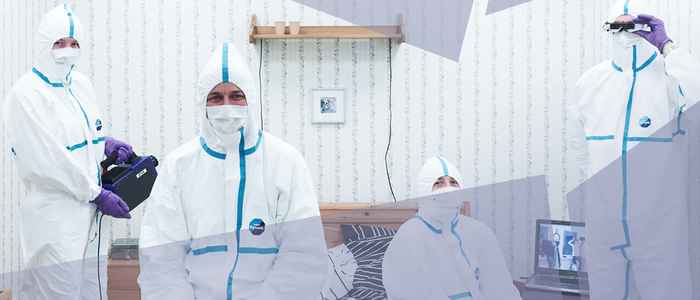With mobile technology and rapid analysis methods, it is now possible to conduct forensic investigations directly at the scene. This requires user-friendly tools, robust quality control, and a secure chain of custody. Examples include rapid DNA testing, smartphone-based fingerprint recognition, and live forensics during cyber incidents.
- Typical forensic questions and potential research ideas:
- How can the reliability of on-site forensic data be ensured?
Research idea: Develop and test embedded quality control modules for mobile forensic devices. - How can mobile AI assist in automatic classification of digital evidence?
Research idea: Implement and evaluate on-device AI models for rapid data filtering and analysis. - How do you safeguard privacy when collecting biometric data on-site?
Research idea: Design a privacy-first architecture for mobile forensic biometrics.
- How can the reliability of on-site forensic data be ensured?
Bloodstains were found on the clothing of a suspect in a violent crime. Rapid DNA testing (the expedited procedure) confirmed within a few hours that these traces belonged to the victim. What do the bloodstain patterns reveal about the relative positions of the suspect and victim? Do the blood spatter and contact traces of blood better align with the suspect's statement that he attempted to resuscitate the victim, or do they more accurately reflect the use of force?NFOA






